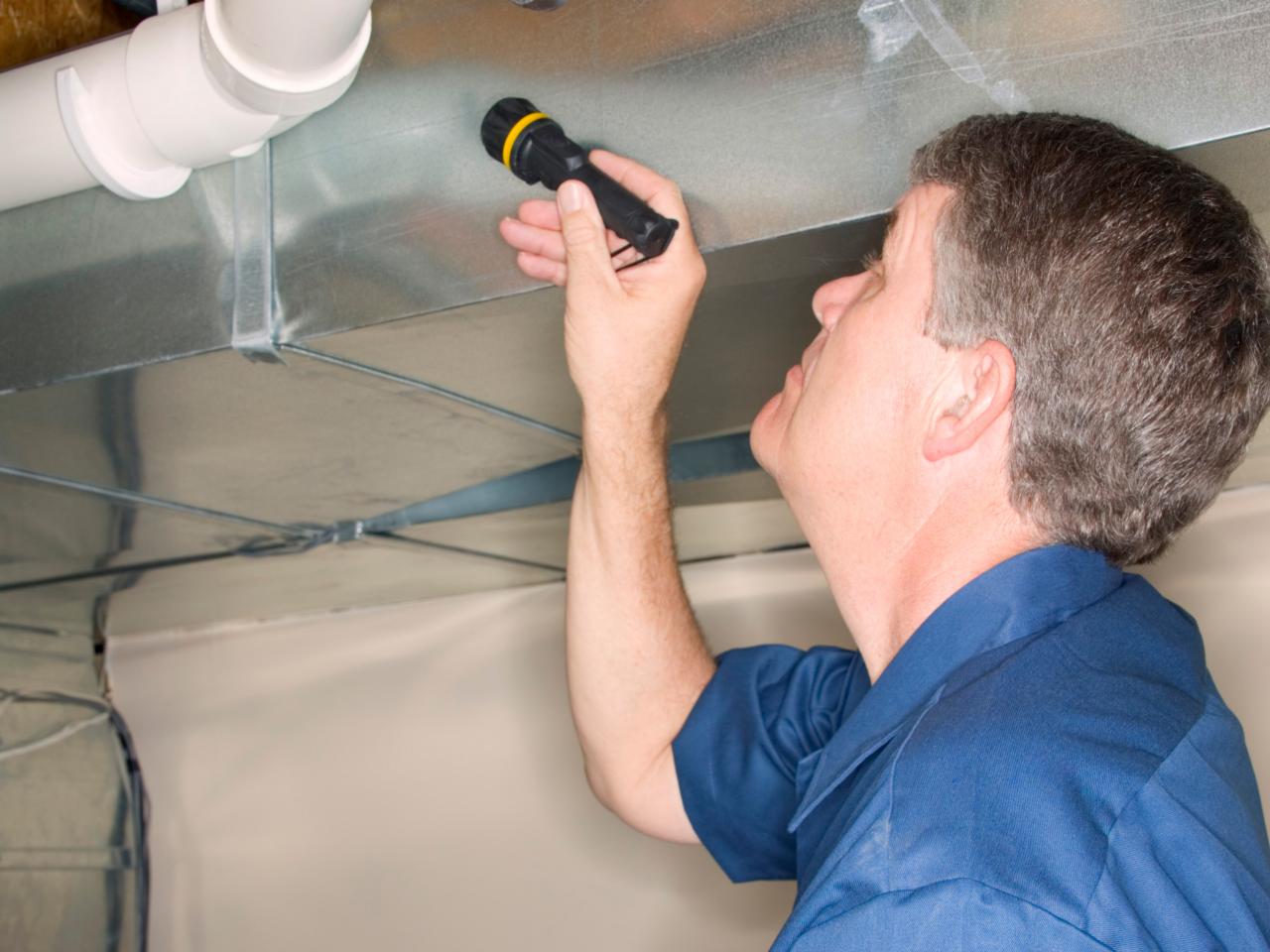Testing Air Quality After Mold Remediation
Testing Air Quality After Mold Remediation
Blog Article
Your Ultimate Guide to Post Mold Removal Strategies
Browsing the world of post-mold remediation methods is a careful process that requires focus to information and a detailed understanding of the ins and outs included. In the consequences of mold infestation, knowing how to effectively eliminate the mold and avoid its reoccurrence is critical for preserving a healthy indoor environment. From selecting the right cleansing and sanitizing techniques to implementing techniques for long-term mold and mildew avoidance, each action in the remediation journey plays an important role in ensuring an effective end result. As we get started on this expedition of post-mold removal techniques, we will uncover the key methods and ideal methods that can help you recover your space to its pre-mold problem and secure it against future mold and mildew risks.
Recognizing Post-Mold Remediation Process
After completing the mold and mildew removal process, it is essential to recognize the post-mold removal techniques that are essential to guarantee a extensive and effective cleaning. When the mold and mildew has been removed, the following step entails cleaning and disinfecting the impacted areas to protect against any type of regrowth of mold.
Additionally, carrying out a final evaluation post-remediation is crucial to make certain that all mold and mildew has actually been efficiently gotten rid of. If the examination discloses any type of remaining mold, extra remediation may be essential.
Reliable Cleansing and Sanitizing Techniques

Preventing Future Mold Development

Value of Correct Air Flow
Proper ventilation plays a vital function in avoiding moisture buildup, a vital consider mold and mildew development within interior settings. Efficient air flow systems help get rid of excess humidity from the air, reducing the opportunities of mold spores finding the dampness they need to spread and germinate. Without appropriate ventilation, interior areas can become a breeding place for mold, bring about possible health threats and structural damages.
By ensuring appropriate air blood circulation, ventilation systems can additionally help in drying out wet areas extra promptly after water damages or flooding incidents, additionally deterring mold and mildew development. After mold remediation. In rooms like restrooms, attic rooms, cooking areas, and cellars where wetness degrees often tend to be greater, mounting and maintaining effective ventilation systems is important in protecting against mold infestations

Surveillance and Upkeep Tips
Provided the crucial role that correct air flow plays in avoiding mold growth, it is necessary to develop reliable surveillance and upkeep tips to ensure the continued functionality of air flow systems. Tracking humidity levels within the home is likewise vital, as high moisture can add to mold growth. By staying attentive and proactive to the problem of air flow systems, building proprietors can successfully alleviate the threat of mold and mildew regrowth and preserve a healthy indoor environment.
Conclusion
In conclusion, post-mold remediation techniques are important for ensuring a clean and secure atmosphere. Comprehending the procedure, carrying out efficient cleansing and decontaminating approaches, avoiding future mold growth, keeping proper ventilation, and routine surveillance are all critical actions in the remediation process. By complying with these standards, you can efficiently remove mold and mildew and prevent its return, functioning or promoting a healthy living area for all residents.
In the consequences of mold problem, knowing how to effectively get rid of the mold and internet mildew and prevent its reoccurrence is paramount for keeping a healthy and balanced indoor setting. When the mold has actually been gotten rid of, the next action entails cleaning and decontaminating the impacted locations to prevent any type of regrowth of mold and mildew - testing air quality after mold remediation. After eliminating noticeable mold growth, it is crucial to clean all surface areas in the affected location to get rid of any kind of remaining mold and mildew spores. To further improve mold and mildew avoidance measures, it is vital to resolve underlying issues visit this site that initially led to mold advancement.Provided the critical role that appropriate ventilation plays in protecting against mold and mildew development, it is vital to develop efficient surveillance and upkeep pointers to make certain the ongoing functionality of air flow systems
Report this page